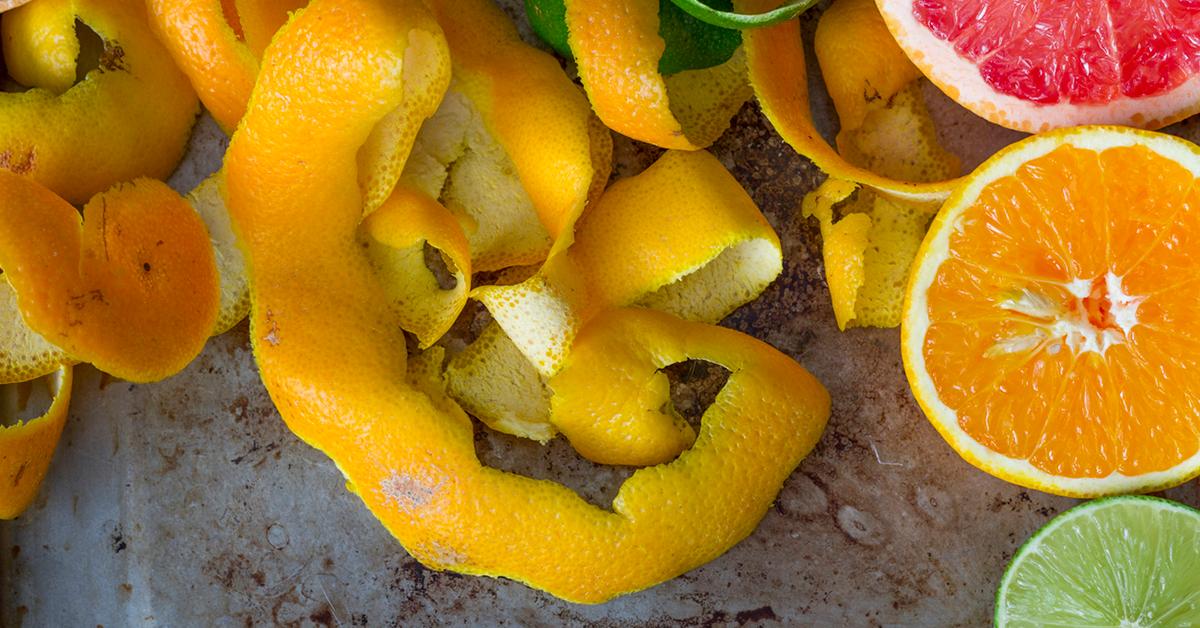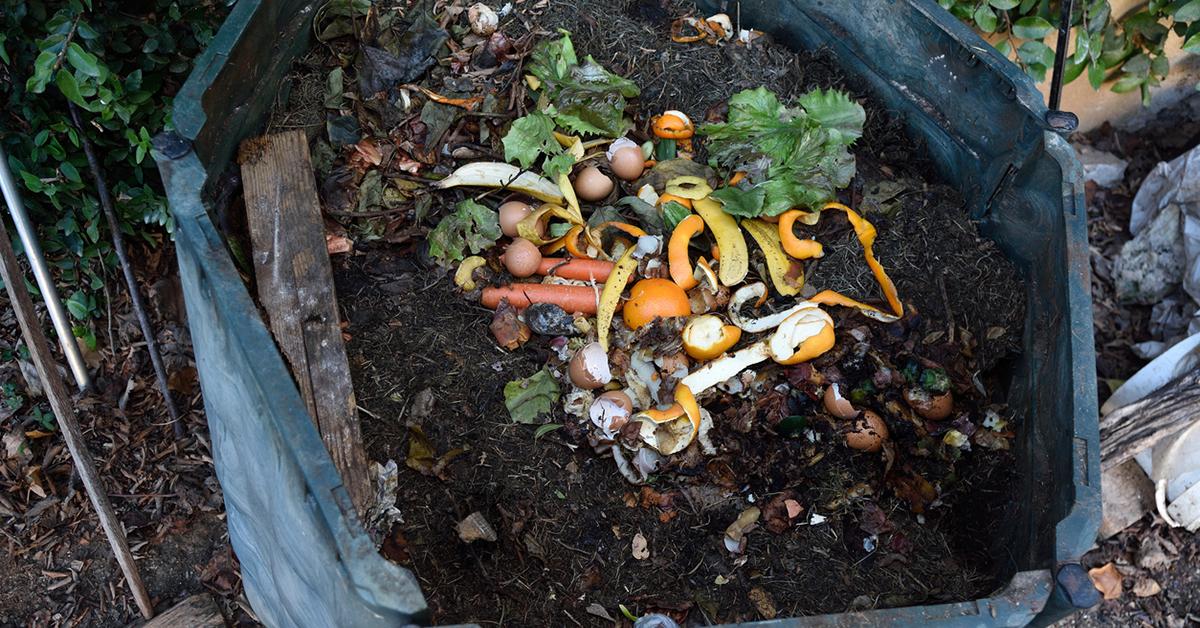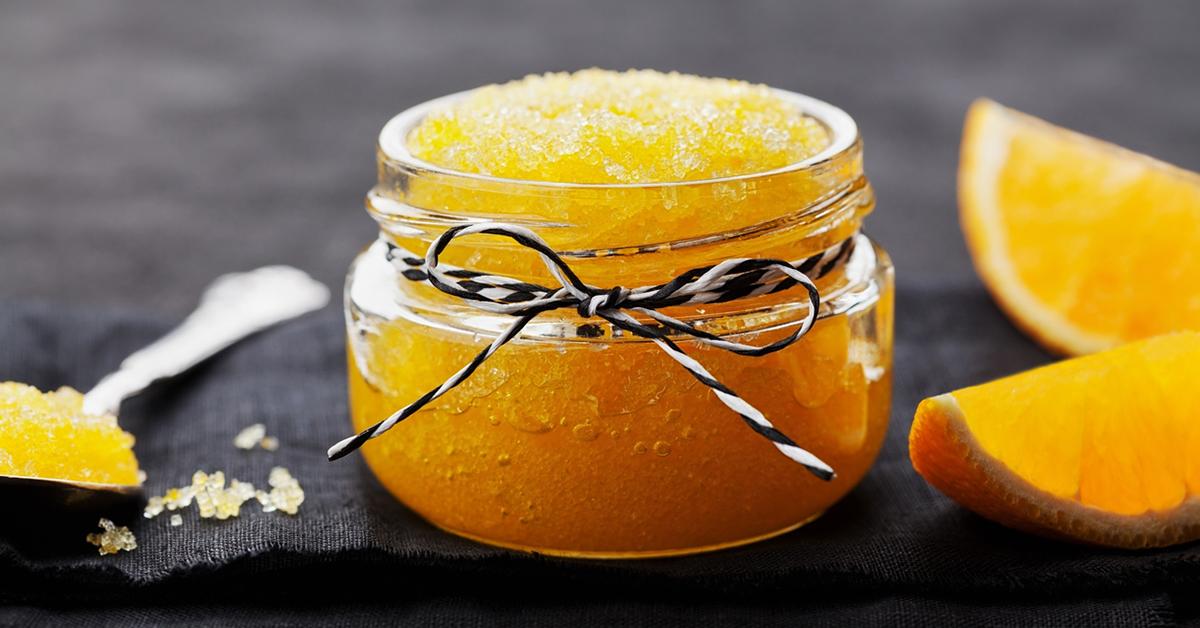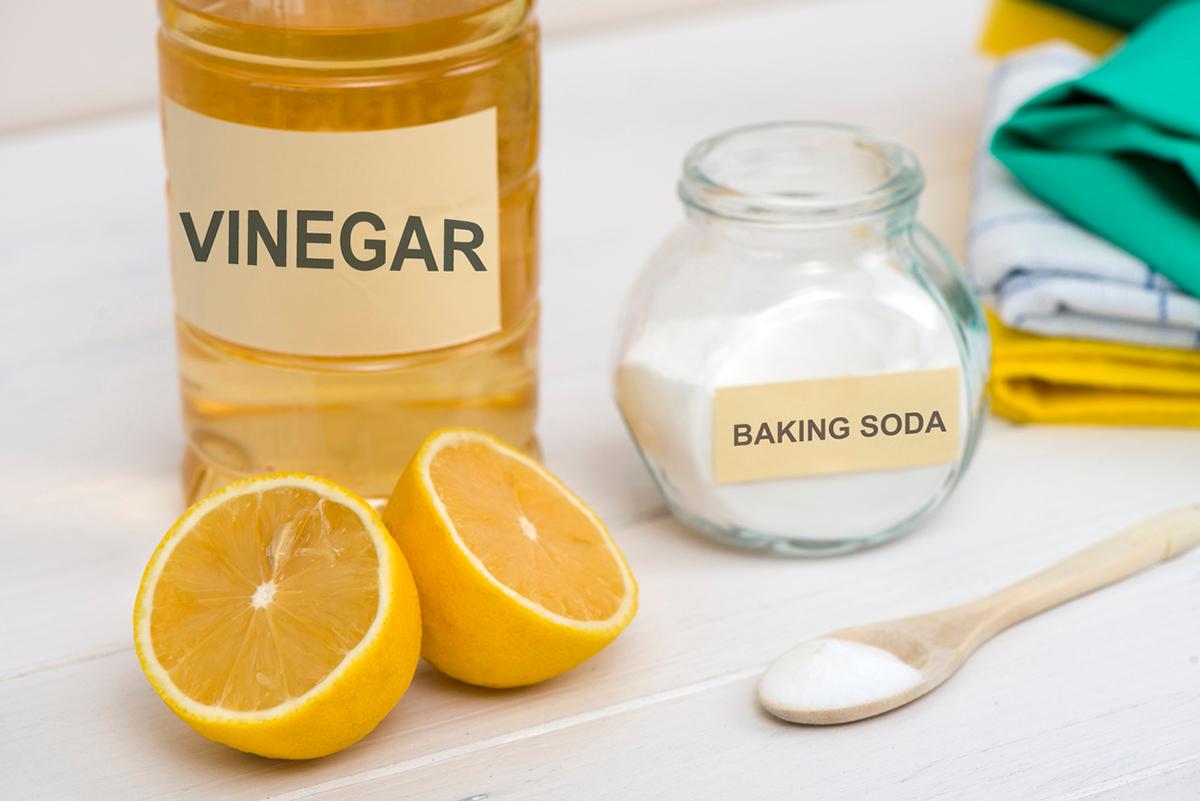What to Do With Old Citrus Peels
Next time you eat an orange or cook with a lemon, hold onto the peel — you can do a lot with it!
Updated Jan. 8 2019, 4:09 p.m. ET

When was the last time you considered a citrus peel for more than a second? It’s the skin around either the orange or lemon or whichever fruit it houses, you peel it off, and throw it out. But once you start researching common zero waste practices and how you can more efficiently lead a lower-impact life, you come to realize just how much potential is in a single citrus peel.
Truth is, there’s a lot you can do with a citrus peel. Firstly, instead of throwing it out, citrus peels can almost always be added to the household compost. Lime peels, orange peels, lemon peels, grapefruit peels—each of these types of citrus peels have been somewhat controversial in composting. Some people think that citrus peels ward off good worms that help the compost work faster; others argue citrus peels deter bugs from also working on the compost pile. But these myths have no truth to them; in fact, citrus peels are crucial to the compost pile.
Keep reading to find out the many different uses of citrus peels!
How to add citrus peels to a compost

It’s true that citrus peels raise the acidity of a compost pile. But that’s not necessarily a bad thing. Citrus peels gives off a strong scent, one that keeps pests like rodents and raccoons away from your compost pile. In order to combat the high acidity levels citrus peels add to a compost pile, all you have to do is add more grass clippings to the pile. Citrus peels are great sources of nitrogen, phosphorus, and potassium for a compost pile.
Using citrus peels for DIY scrubs

Peels make for excellent exfoliant qualities because of their natural coarseness. Ground your surplus peels using a blender or food processor (this often works best if the peels are previously dried). Then, add the peels to homemade body scrubs made of sugar or salt. Both salt and sugar are great exfoliants, but the citrus peels add more exfoliating power to the scrub.
Using citrus peels for at-home cleaners

Did you know citrus peels make awesome made-at-home cleaners? Citrus peels can be used for all kinds of cleaners. For an effective scouring sink cleaner, mix borax and baking soda on top of a grapefruit. Using the grapefruit as a sponge, scrub the grapefruit around the sink, and watch all the stains disappear. For better results, grind the grapefruit rinds up in a coffee grinder or a food processor. Once it’s a finely-ground powder, add the grapefruit powder to 5 tablespoons of baking soda and 3 tablespoons of borax. Combine everything in a shaker, shake the mixture into the sink, then clean the sink with a wet sponge.
Put a few orange peels in a jar with some vinegar. Let it infuse for a few weeks; now you have a vinegar-based, all-purpose cleaner. Both the citrus and vinegar have anti-bacterial and -microbial properties that make this at-home recipe an efficient cleaner.
If you’re not into the smell of vinegar, you can make a similar version of the all-purpose cleaner with lemon juice, peels, and vodka. Use 4 parts vodka, 8 parts vinegar, and 4 ounces of lemon juice. Infuse with the lemon rinds, add two or three drops of castile soap in a spray bottle, and you’re good to go.
Turning citrus peels in vitamin C supplements

You never have to buy overpriced vitamins at the corner pharmacy ever again. In fact, you can cut a lot of cost by turning your excess citrus peels into homemade vitamin C supplements. Vitamin C repairs and grows tissue, encourages the growth of collagen, repairs bones and teeth, helps the body maintain healthy gums and teeth, and supports the elimination of toxins. Grind orange peels into a powder, then add a few extra powders, herbs, and raw honey. Get the full recipe here.